In the first days of July we had a full day birding trip from Rome to Circeo National Park.
Among the oldest italian protected areas, this is undoubtedly among the best places in Lazio for birdwatching, boasting a huge variety of ecosystems: from holm oak forests to coastal dunes, from rural environments to coastal wetlands.
Black-headed Gulls. Photo by Francesco Simonetta.

Thanks to the presence of four coastal lakes, recognized as wetlands of international importance and SPA (Special Protection Areas), the Circeo hosts hundreds of bird species every year, including nesting, migratory and wintering birds.
Purple Heron. Photo by Francesco Simonetta.
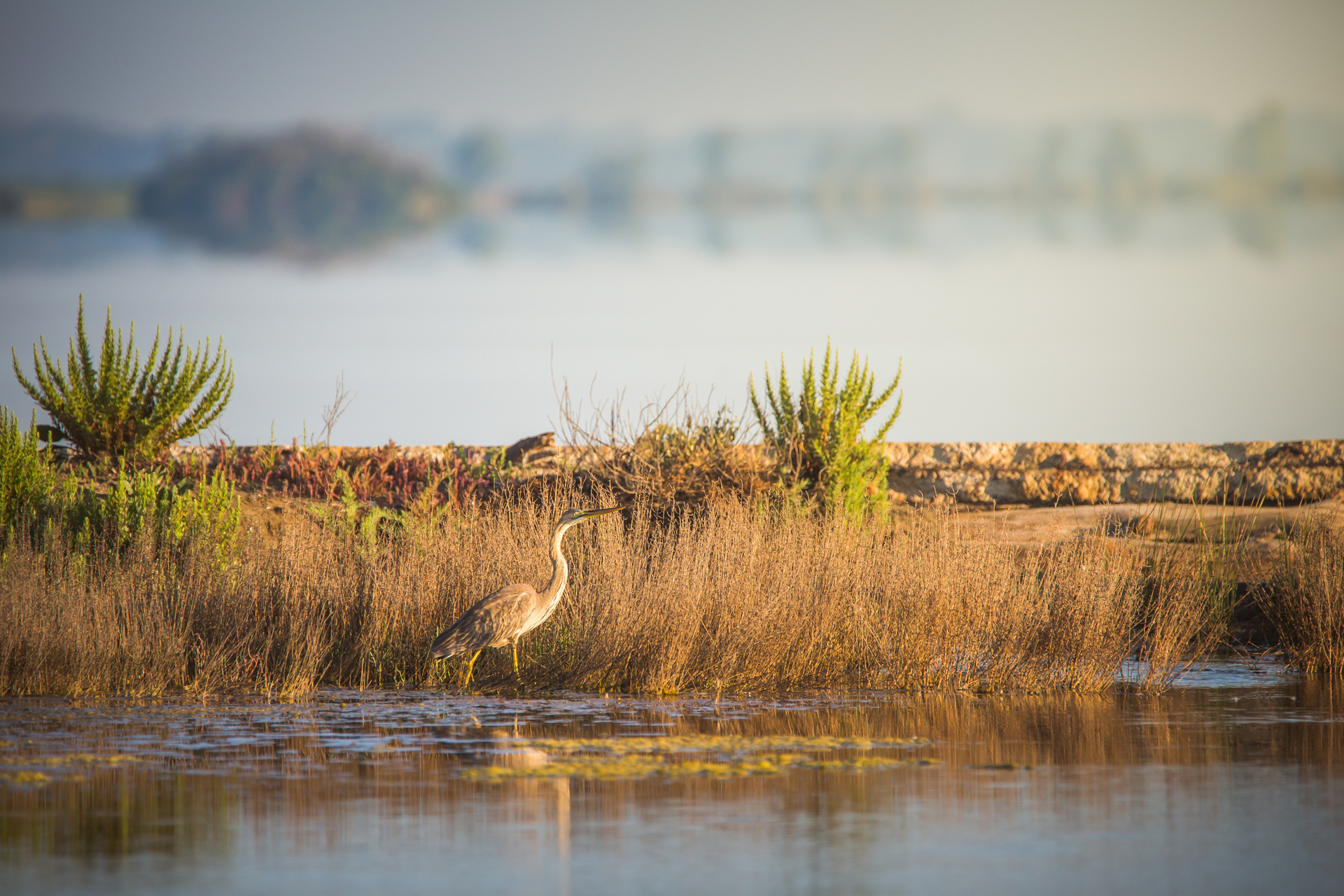
We start our day trip before dawn, so that we can be at the first observation point at a suitable time. Along the way we begin to add about twenty species to the checklist, mainly related to rural environments.
Zitting Cisticola. Photo by Francesco Simonetta.
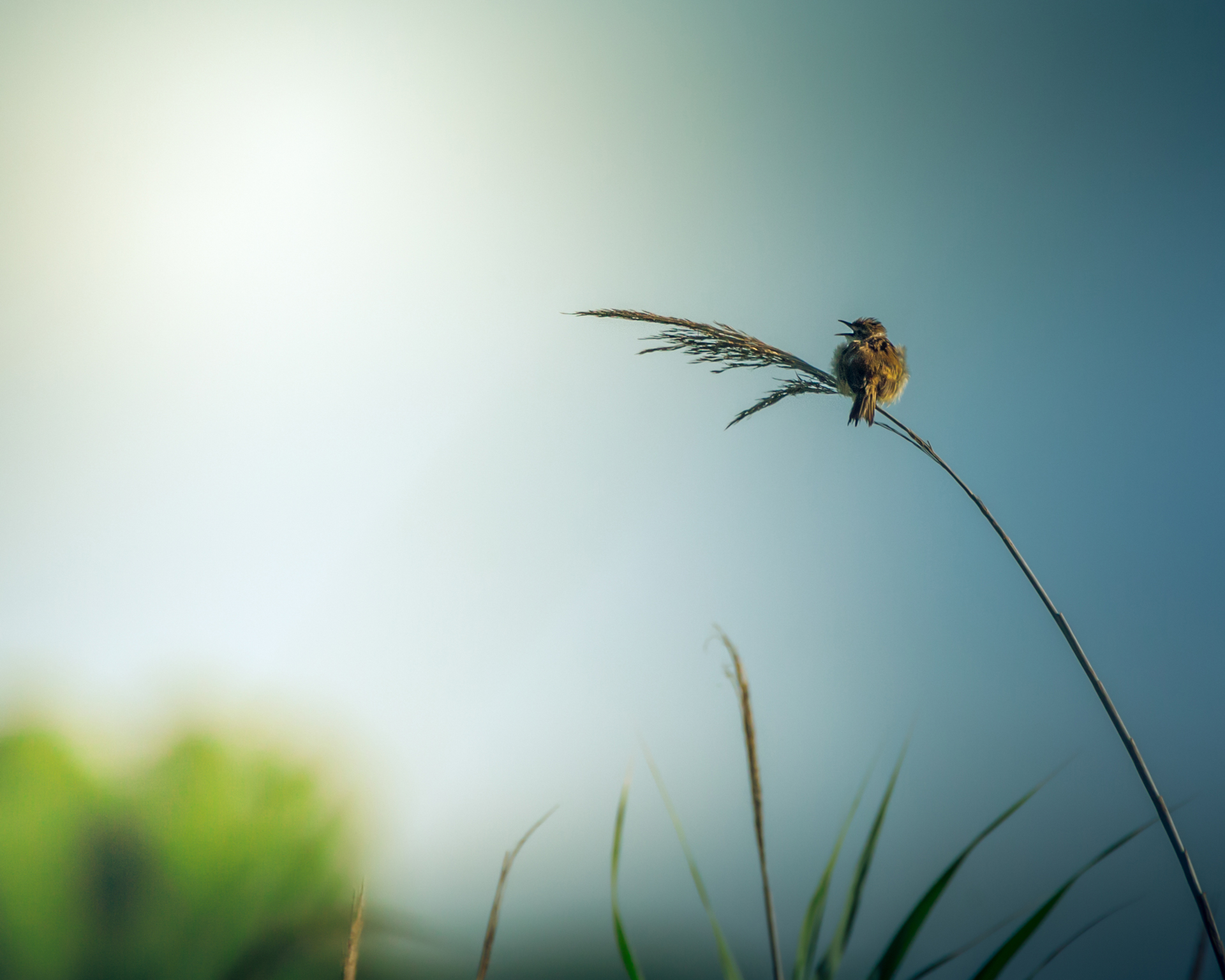
Once on the coast, near the “Pantani dell’Inferno” coastal ponds, we make the first observations directly from the car. There are many aquatic birds present, including: Common Greenshank (Tringa nebularia), Little Ringed Plover (Charadrius dubius), Common Sandpiper (Actitis hypoleucos) and Purple Heron (Ardea purpurea).
Continuing the exploration of the coastal stretches of water, our American participant manages to spot some lifer – species seen for the first time in nature – including the Water Rail (Rallus aquaticus).
Purple Heron. Photo by Francesco Simonetta.

The heat begins to get more intense and we therefore decide to move inside a wooded area. In addition to the species of birds common in the forest environment, we also observe other components of the rich biodiversity of Circeo National Park.
Agile Frog. Photo by Francesco Simonetta.
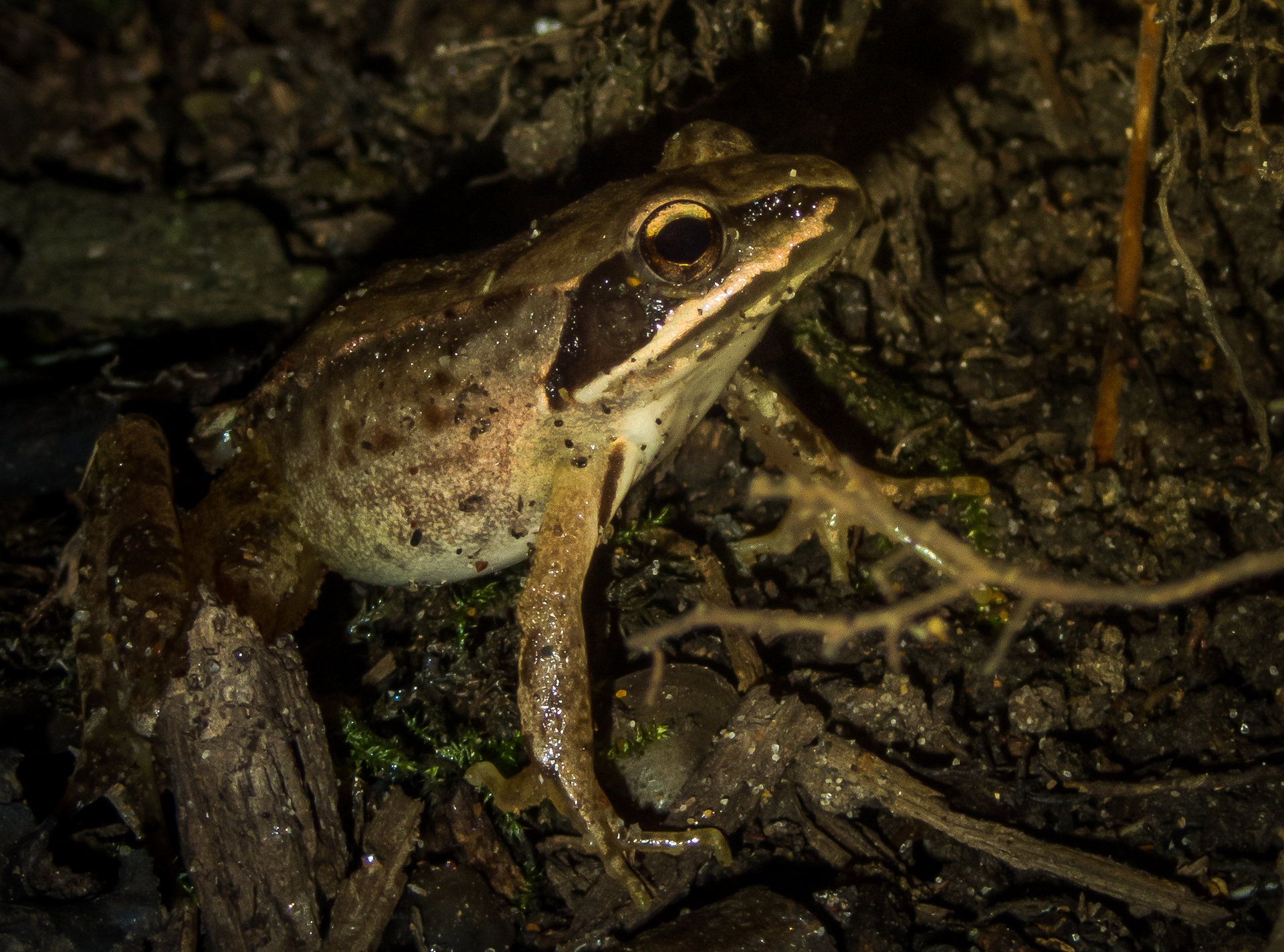
During our stay in the wood, in fact, we spot several individuals of Common Wall Lizard (Podarcis muralis nigriventris), with the colorful livery that characterizes this subspecies of central Italy, an Agile Frog (Rana dalmatina) and a female of Fallow Deer (Dama dama).
Common Wall Lizard. Photo by Francesco Simonetta.

Before heading towards Lake of Foliano, an European Honey Buzzard (Pernis apivorus) flies over our heads. Arriving at the observation points, the lake is full of Great Crested Grebes, Little Grebes, European Coots, Common Moorhens and Great Cormorants, while on the shores there are many waders, Mute Swans and Squacco Herons (Ardeola ralloides).
Common Sandpiper. Photo by Francesco Simonetta.
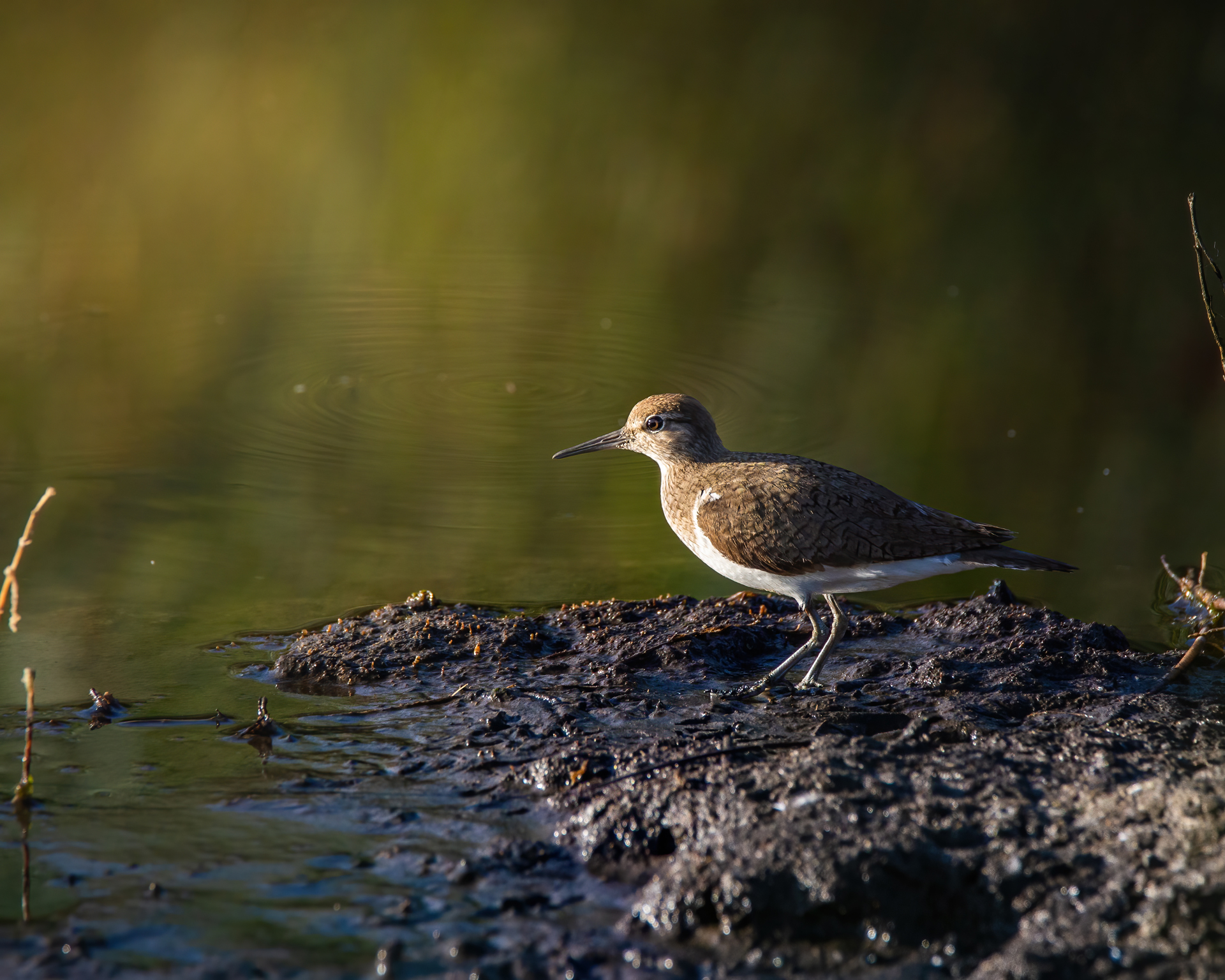
The nearby fields are instead crowded with insectivores birds and among the many Barn Swallows and Common House Martins stand out the European Bee-eaters (Merops apiaster). Some individuals land a few meters away, being admired in all their splendor.
European Bee-eater. Photo by Francesco Simonetta.
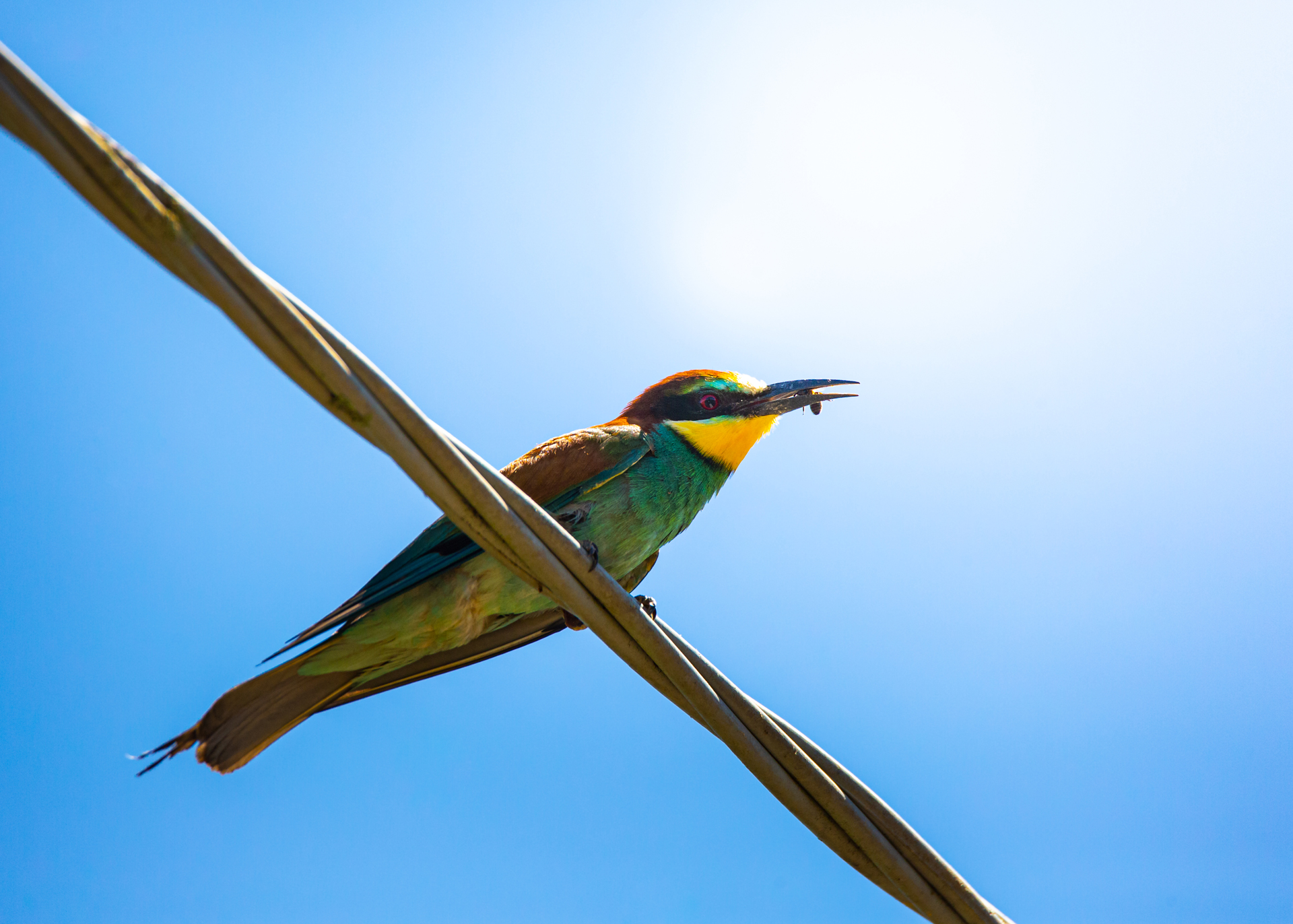
It is now time to return to Rome, but before we allow ourselves a quick view of the sea of Sabaudia, where in addition to Sandwich Terns, Black-headed and Yellow-legged Gulls, we observe some inhabitants of the tide pools. With about fifty bird species we conclude our birdwatching trip!
Text and photos by Francesco Simonetta
Common Greenshank. Photo by Francesco Simonetta.
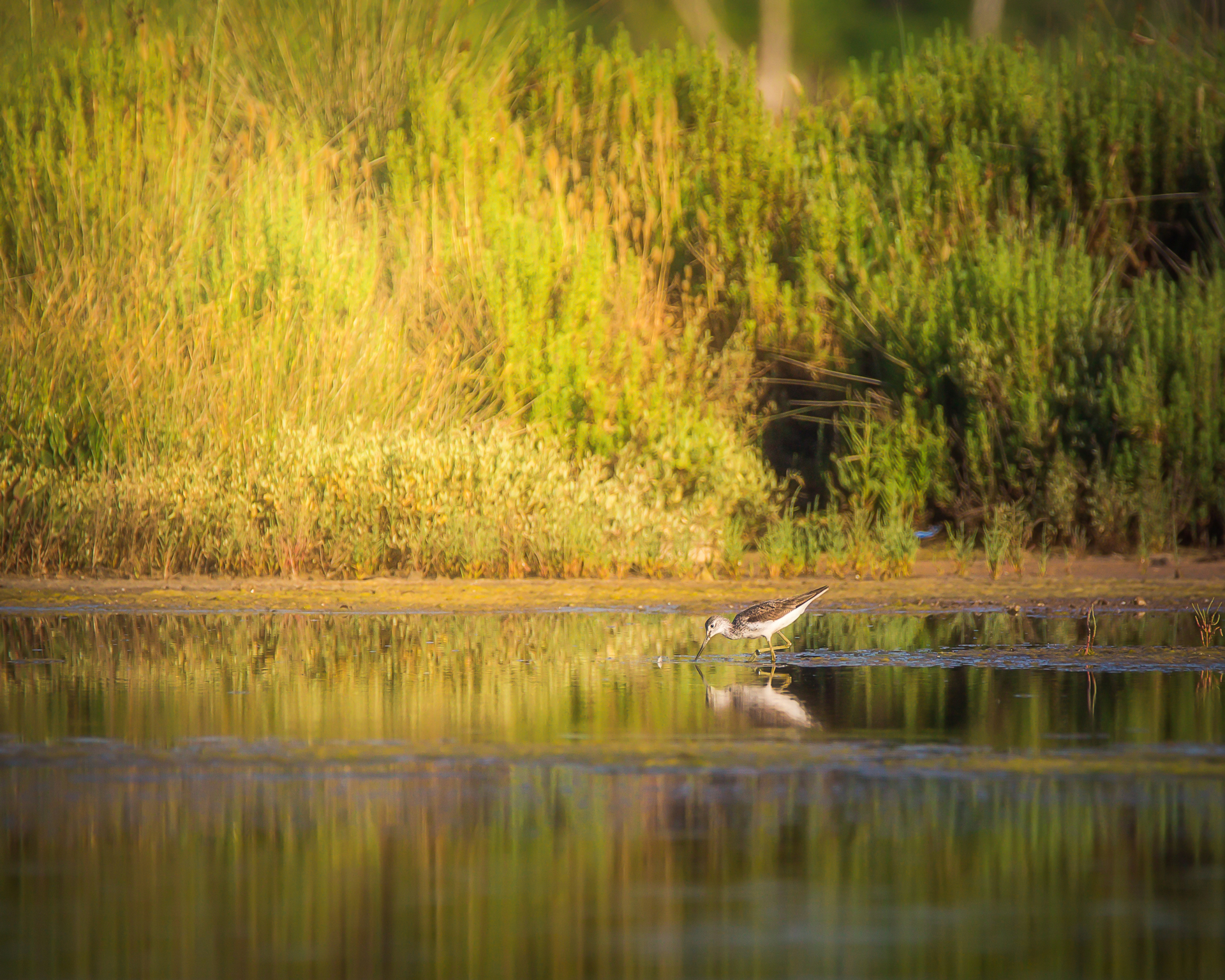
CHECKLIST
- Mute Swan (Cygnus olor)
- Mallard (Anas platyrhynchos)
- Little Grebe (Tachybabtus ruficollis)
- Great Crested Grebe (Podiceps cristatus)
- Great Cormorant (Phalacrocorax carbo)
- Cattle Egret (Bubulcus ibis)
- Squacco Heron (Ardeola ralloides)
- Little Egret (Egretta garzetta)
- Grey Heron (Ardea cinerea)
- Purple Heron (Ardea purpurea)
- European Honey Buzzard (Pernis apivorus)
- Common Kestrel (Falco tinnunculus)
- Peregrine Falcon (Falco peregrinus)
- Water Rail (Rallus aquaticus)
- Common Moorhen (Gallinula chloropus)
- European Coot (Fulica atra)
- Black-winged Stilt (Himantopus himantopus)
- Little Ringed Plover (Charadrius dubius)
- Common Sandpiper (Actitis hypoleucos)
- Common Greenshank (Tringa nebularia)
- Black-headed Gull (Chroicocephalus ridibundus)
- Yellow-legged Gull (Larus michahellis)
- Sandwich Tern (Thalasseus sandvicensis)
- Feral Pigeon (Columba livia var. domestica)
- Wood Pigeon (Columba palumbus)
- Collared Dove (Streptopelia decaocto)
- Rose-ringed Parakeet (Psittacula krameri)
- Common Swift (Apus apus)
- European Bee-eater (Merops apiaster)
- Great Spotted Woodpecker (Dendrocopos major)
- Lesser Spotted Woodpecker (Dryobates minor)
- Barn Swallow (Hirundo rustica)
- Common House Martin (Delichon urbicum)
- White Wagtail (Motacilla alba)
- Common Blackbird (Turdus merula)
- Zitting Cisticola(Cisticola juncidis)
- Cetti’s Warbler (Cettia cetti)
- Eurasian Wren (Troglodytes troglodytes)
- Short-toed Treecreeper (Certhia brachydactila)
- Great Tit (Parus major)
- European Blue Tit (Cyanistes caeruleus)
- Eurasian Magpie (Pica pica)
- Eurasian Jay (Garrulus glandarius)
- Hooded Crow (Corvus cornix)
- Common Starling (Sturnus vulgaris)
- Italian Sparrow (Passer italiae)
- Common Chaffinch (Fringilla coelebs)
- European Serin (Serinus serinus)